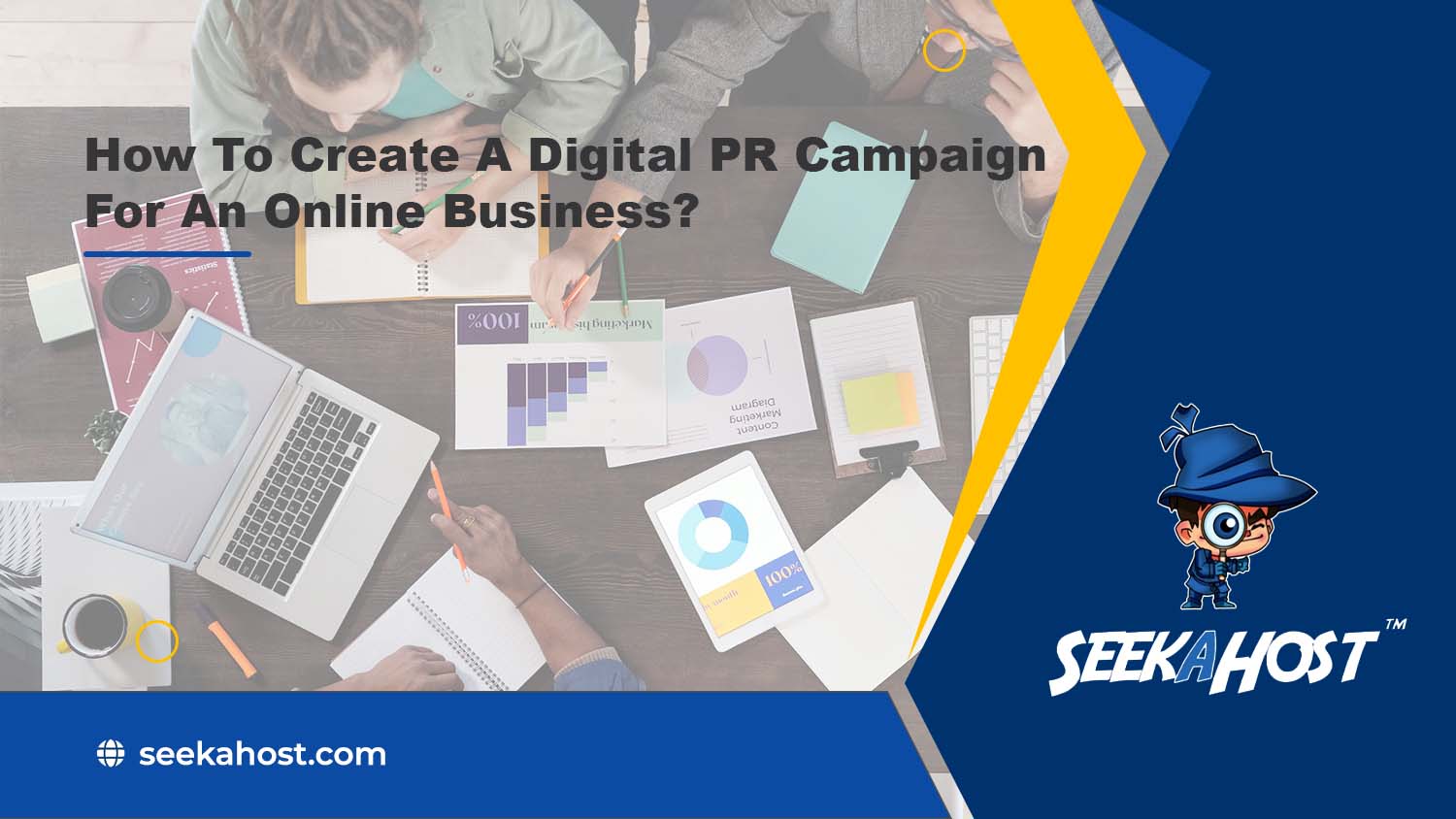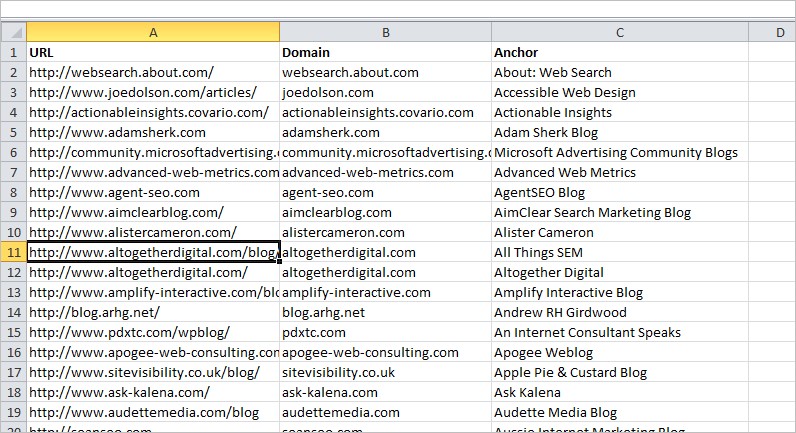
How To Create A Digital PR Campaign For An Online Business?
Table of Contents
Building a successful online presence in the digital economy has become challenging over the years for all companies as it becomes increasingly competitive.
Digital PR has been a popular tool for brands to cultivate relationships with established media platforms, and strengthen backlinks, SEO, brand exposure, and reliability to grow their brands online.
According to Statista, content marketing was believed to be the most effective digital technique based on the responses of global marketers in early 2020 – 17% considered it to make the largest commercial impact on their own or their clients’ businesses.
Therefore, the ideal digital PR campaign for an online business should consist of a balanced blend of SEO, influencer marketing, blogging/vlogging, and social media marketing with content at its heart.
A common question almost all brands ask is, “How to create a digital PR campaign?” and I cover this topic in more detail in this video:
But the answer is different for every brand and complex as it depends upon the most recent social media, Google search, and keyword trends among other factors. But we’re here to help you unearth key factors for a successful digital PR campaign.
5 Steps Towards Creating A Successful Digital PR Campaign

It is indeed not impossible to lay down the basics of an effective digital PR campaign. So, here are the 5 steps to create a successful digital PR campaign for any online business.
1. The Brainstorming and Ideation Phase
You should never begin the process by contacting popular influencers, bloggers, or journalists. You should always begin with ideation to know exactly what you want and need for your campaign. You need at least 3 to 5 working ideas before you can proceed to the next steps and you should back them with research of your website analytics and an overall goal to achieve.
Choosing the Right Topic
Pick a campaign topic that is tangentially linked to your brand, products, and services. If you make travel and hiking gear, it would make little sense for your team to create content on all organic skincare!
Similarly, if you are an all-organic cosmetics brand, why would you target outdoor enthusiasts who couldn’t care less about their skincare?
Think carefully about where you’d like to get your content published and ensure that your chosen topics match with their content.
If you’re trying to get your digital PR content published on platforms like www.greenlivingblog.org.uk and you’re reaching out to celebrities who promote an all-organic lifestyle, then your campaign topics need to resonate with them.
Finding the right topic that directly or indirectly relates to your brand or business can help you garner the attention of the right kind of audience.
Choosing a Potentially Trending Topic
Once you have an idea about the type of topic that fits your brand, it’s time to determine if it’s newsworthy or not.
In simple words, you need topics that will trend for weeks. It can be hard if you don’t have a strategy! So, here’s how we do it –
- We go through our target publication in detail and make notes of all the topics that have gone viral in the last couple of weeks (sometimes months). This can be combined with keyword research to create appealing ideas of the content they will likely publish.
- We use analytics tools to keep an eye on trending keywords.
- We choose a campaign that coincides with public holidays and other occasions. For example, writing about Black Friday trends and sending them across to publishers early in November or publishing DIY 4th of July-themed gift ideas around mid-June.
- We keep an eye on social media and digital forums.
Look for Similar Campaigns
There’s nothing worse than working on an entire campaign, and then seeing that someone has already done something similar!
Your ideas need to be original. Sometimes, finding new ideas can be challenging. That’s exactly why a team of professionals brainstorming for or with you can be hugely beneficial.
Check all popular blogs, digital channels, and competitor digital PR campaigns. If you find PR content like yours, check when it was released. If it was in the last two years, there’s a good chance your publishers or influencers won’t want to work on it again.
If it’s older than 5 years, and people have stopped talking about it already, make a few changes to your campaign and move forward.
Estimate the Power of Your Campaigns
When you are investing time and money in a digital PR campaign, you must ensure that it gives you returns. Here are a few factors that determine the power of a digital PR campaign –
- Its backlink potential
- The outreach diversity and angles
- The size of your audience
- The relevance of the topic
2. Plan the Publication: Design and Blog
It is the most important and fun part of your campaign – transforming raw data into graphics and well-written blogs.
For every campaign, you must have unique content including 3-4 infographics or videos. You may choose to work with your in-house graphic design team or outsource this work. Whatever you choose, your visual content design needs to be engaging.
On our YouTube channel we regularly share hacks with the latest tools to help you with your blog and content:
You will also need a fluent, easy-to-read, and grammatically correct copy for any campaign. While you can get your team to work on it, we always recommend the services of experienced copywriters and content writers for this job! The quality of content and strategically placed keywords and hyperlinks will impact your campaign’s ROI hugely.
3. Create Your Outreach List

Once your campaign content is ready, you can begin to reach out to journalists, bloggers, or influencers on the outreach list you have put together.
You can use outreach tools like Traackr, Pitchbox, and BuzzStream to find your target publishers. Or you can outsource the outreach list-building work to digital marketing consultants and PR teams, who already have ready-to-use lists as you can see in the example below.
Ideally, the outreach list should contain hundreds of personal and real contacts you can contact for your digital PR campaign.
4. Pitch Your Content to the Influencers
Publishers typically receive hundreds of emails from brands every day. They do not like it when senders beat about the bush. Your outreach needs to be precise and easy to read.
Here’s an example of an effective pitch email about the most popular makeup brands:

5. Tracking the Results
![]()
Setting up a digital PR campaign is not the end of the story. You need to be able to track the results your digital PR strategy yields. For example, you should have the tools to track links from referring domains, visitors from guest blogs and features, visitors from social media mentions, and conversions.
You will need a suite of tools along with an advanced CRM to collect this data. Working with a team of experienced professionals can help you get an accurate idea about your digital PR campaign ROI.
Conclusion
The digital landscape is becoming more and more cut-throat for all brands. Building links and authority requires a commanding digital presence. Traditional PR cannot cut it any longer. You need to adopt digital PR strategies to survive and keep up with your competitors.
If you have no idea how to use the tools to create a suitable digital PR campaign for your brand, contact a reliable and experienced team of online marketing experts for advice.

